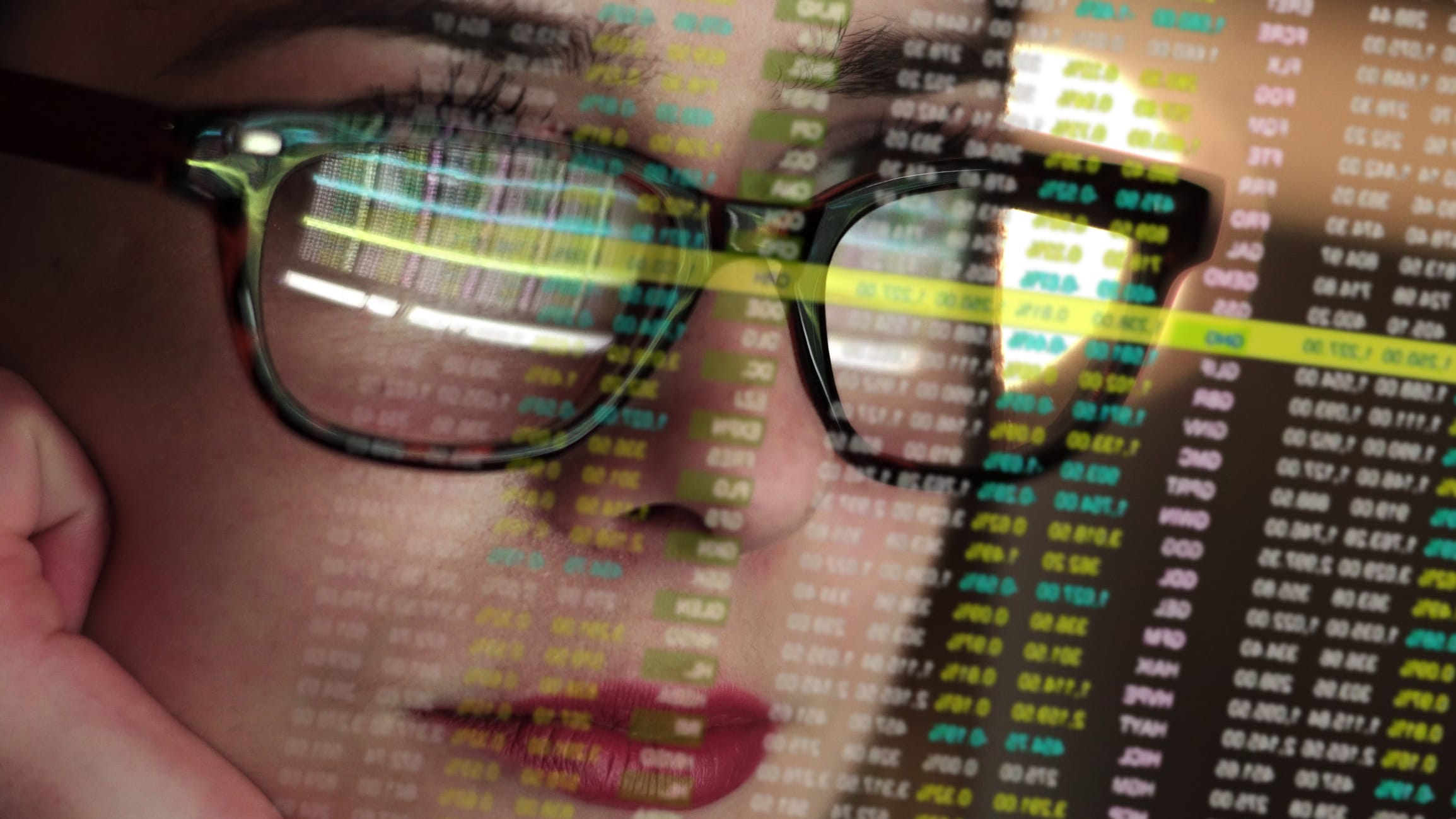Think about the last time you analyzed a graphical representation of data. Was it a bar chart, pie chart, or maybe a line graph? Perhaps it was a map, tracking the consensus of a large population on the news. Just this year alone, the influx of data regarding COVID-19, the U.S. presidential election, and the fluctuating stock market has yielded interactive data visualizations to help communicate these key insights across a multitude of verticals. Seeing maps and color-coded legends is an effective universal language to inform citizens, investors, and the world population about the ever-evolving circumstances that 2020 has brought the U.S. and the global community.
A Visual Evolution
Ever since the 1700s, we’ve seen various evolutions and iterations of how we look to create these types of graphs. Think: color coding, heat maps, box plots, time series line charts, and more. William Playfair was the founder of graphical methods of statistics and invented several types of now-recognizable diagrams, including the line, pie, and bar charts. What Playfair discovered was, humans have always had an aptitude to record and use data in a visual manner to discover trends and anomalies, sharing the impactful results for others to see.
Why, then, is there such little differentiation within the types of graphing and mapping that we’ve seen over hundreds of years? Through decades of research, human behavior experts have concluded that people are exceptionally good at spotting patterns, trends, and anomalies visually using key traits such as shape, color, and size. In contrast, humans take longer to analyze raw numbers — and the results are not much better with traditional graphs. As it turns out, the Egyptians were onto something with their hieroglyphics — and perhaps spreadsheets full of complex data may be difficult to follow and conceptualize.
Fast forward to 2006 when U.K. mathematician Clive Humby coined the phrase heard around the world: “Data is the new oil.” Marketing expert Michael Palmer later expanded: “It’s valuable, but if unrefined it cannot really be used. It has to be changed into gas, plastic, chemicals, etc., to create a valuable entity that drives profitable activity; so must data be broken down, analyzed for it to have value.” These statements confirmed to the public what many tech enthusiasts were already predicting: The arrival of the digital age has brought more data collection than ever before, forcing organizations within virtually every sector to try to adapt to more time-consuming, in-depth analysis.
A New Visualization Applied
The availability of data has spread the task of sorting information and communicating insights to many more roles within an organization, not just the data science and analytics department. However, visualizing data has typically required coding knowledge, making this task difficult for the average worker. At SynGlyphX, the company I co-founded in 2013, we are lowering the barrier to data visualization with software that doesn’t require this advanced technical skill. Through our technology, we are enabling everyday users across industries to more fully represent complex data sets and, in turn, more easily discover insights for a variety of tasks and goals. Some examples include:
- Gannon University identified factors to help keep students enrolled in school, leading to lifelong success for those students and millions in retained tuition revenue for the school.
- A global ecommerce retailer discovered fraudulent sales transactions that represented millions of dollars of recoverable revenue.
- Medical researchers at Duke University discovered valuable health insights in data that had previously been missed by traditional analytics.
- A former NFL general manager conducted a mock draft and identified a late-round draft pick that went on to have a very successful football career.
In the multibillion-dollar (and growing) marketplace of data visualization, we’ve merely scratched the surface in how we’re sharing research and insights with the world. Although parsing complex information has traditionally been reserved to analysts, software developers, and coders, we must broaden technology in the new era of big data so that anyone with access to the internet can pull insights and analyze trends. Ultimately, we need more powerful visual tools to help non-data scientists quickly make sense of information — in ways that can fundamentally change their world.
Mark Sloan WG99 is CEO and a co-founder of data-visualization software company SynGlyphX.

























